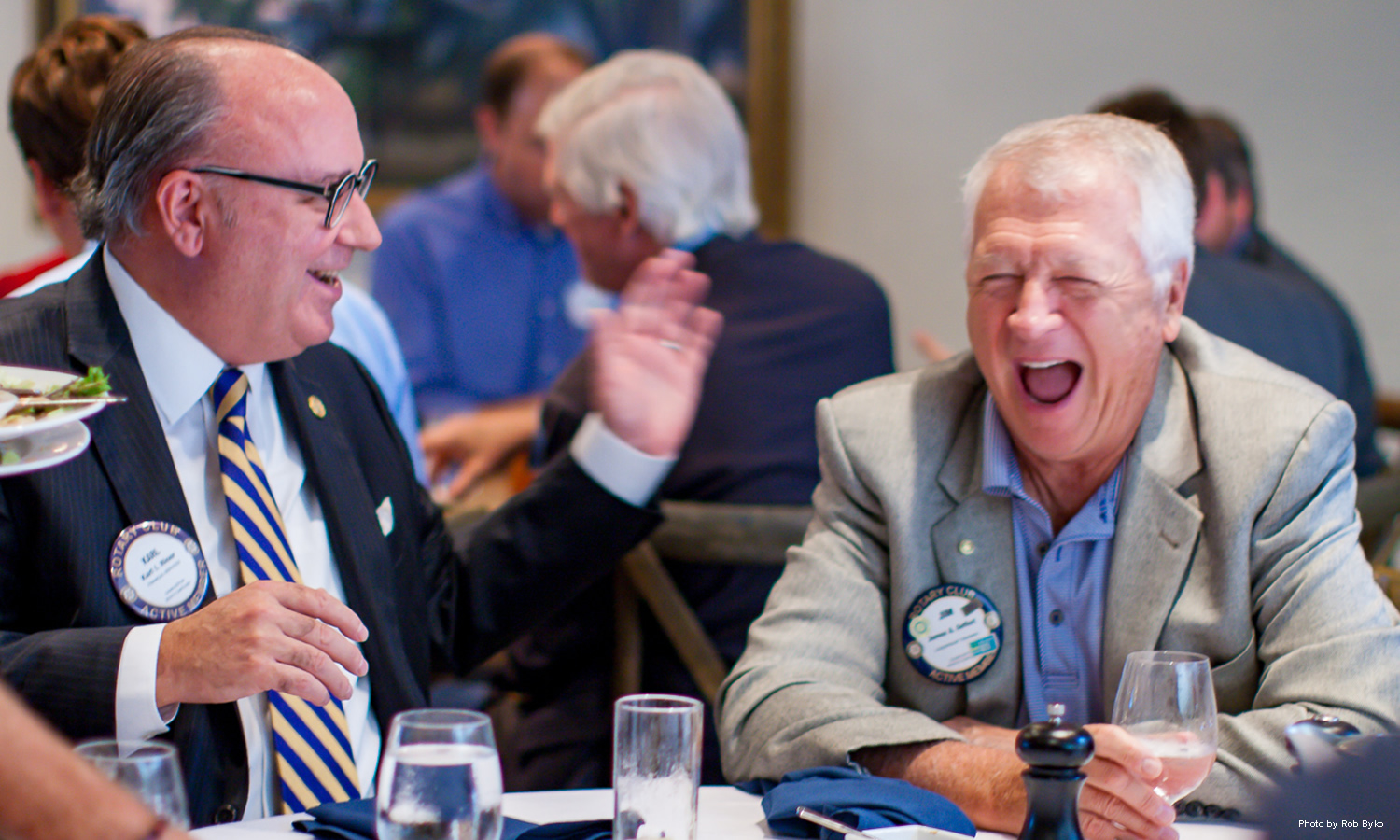CHARLESTON CHAMBER OF COMMERCE
August 24, 2010: Bobby Pearce, Chairman of the Board of the Charleston Chamber of Commerce, spoke to us on current issues facing the chamber. An attorney by profession he has been involved with the chamber in many positions for years. He is a graduate of William & Mary, with an MBA and law degrees from the University of South Carolina.
While much reporting today focuses on the bad he is very upbeat about the news in Charleston noting that this city is tops in the nation as a place to LEARN, LIVE, WORK AND PLAY. In just one year the chamber grew from having 522 business members to 592. Major goals of the Chamber are [1] to encourage job and economic growth, [2] improve the local infrastructure, [3] improve the education and development of the workforce. Currently, we have a 40% drop-out rate which must change to having all complete at least two years of college. With the arrival of Boeing aircraft [with 15,000 employees] he sees no end to the arrival of new Boeing subcontractors who will employ local people.
The Chamber has operated in the black for the past eight years and has the solid support of the business community as businesses rush to find ways to survive. When Boeing was being recruited its second stop in its evaluation process of the community was to speak with the Chamber of Commerce. The Convention and Business Bureaus actively support the Chamber and the Chamber has been at the forefront to bring Southwest Airways to the city in the very near future.
The Chamber also highly supports the Clemson University wind project, the SPAWAR operation [which currently has 13,000 engineers supporting our military], which recently hosted a nationwide Homeland Security conference. Further support continues to go toward the growth of our medical centers.
The Chamber supports having cruise ships come to Charleston, but is working to insure that this industry does not negatively affect the quality of life in the city.
The Chamber does not support an 8 year increase in sales tax, but would support such a tax for a shorter time frame, rather than have an increase in property tax.
Reported by Fred Sales, Keyway Committee

